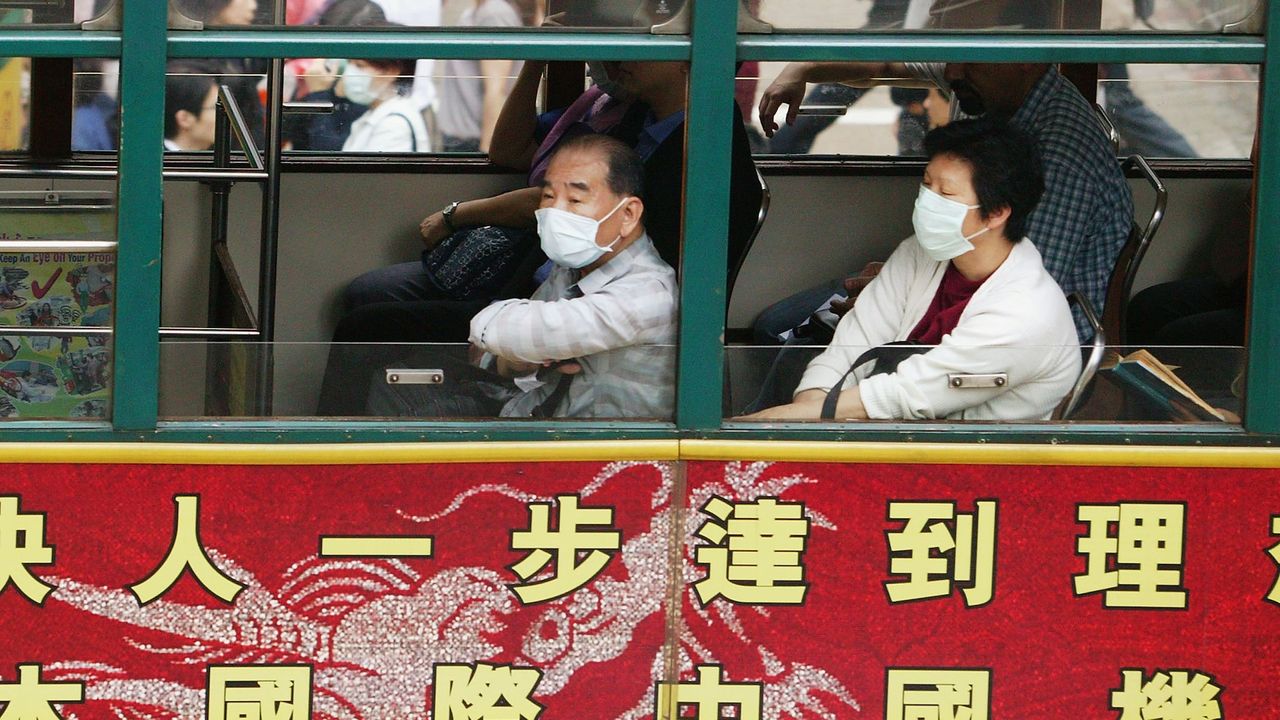In January 2003, epidemiologists in China identified two cases of “atypical pneumonia” in patients who had visited health care workers in Guangdong province. Teams quickly initiated contact tracing and eventually discovered that the germ responsible for the illnesses had been circulating since a patient fell ill on November 16, 2002.
Those early cases in November were primarily among “food handlers”—individuals who worked as chefs in restaurants or as vendors at “wet markets,” where live animals such as poultry and more exotic species like civet cats and raccoon dogs were kept in crowded conditions.
By the time Chinese disease investigators realized an outbreak might be unfolding, the disease had already been circulating for two months and had spread to health care workers.
The disease reached Hong Kong in February 2003 and then exploded in scale when a nephrologist from southern China traveled to the region for a wedding on February 21. He was unwell during his trip and later died from the disease.
In March, a case investigator for the World Health Organization noted that these outbreaks were much deadlier than SARS-CoV-2 but also much easier to contain. Outbreaks were relatively easy to control using contact tracing and other public health measures, rather than requiring the widespread distribution of vaccines.
https://www.livescience.com/health/viruses-infections-disease/science-history-patient-zero-catches-sars-the-older-cousin-of-covid
